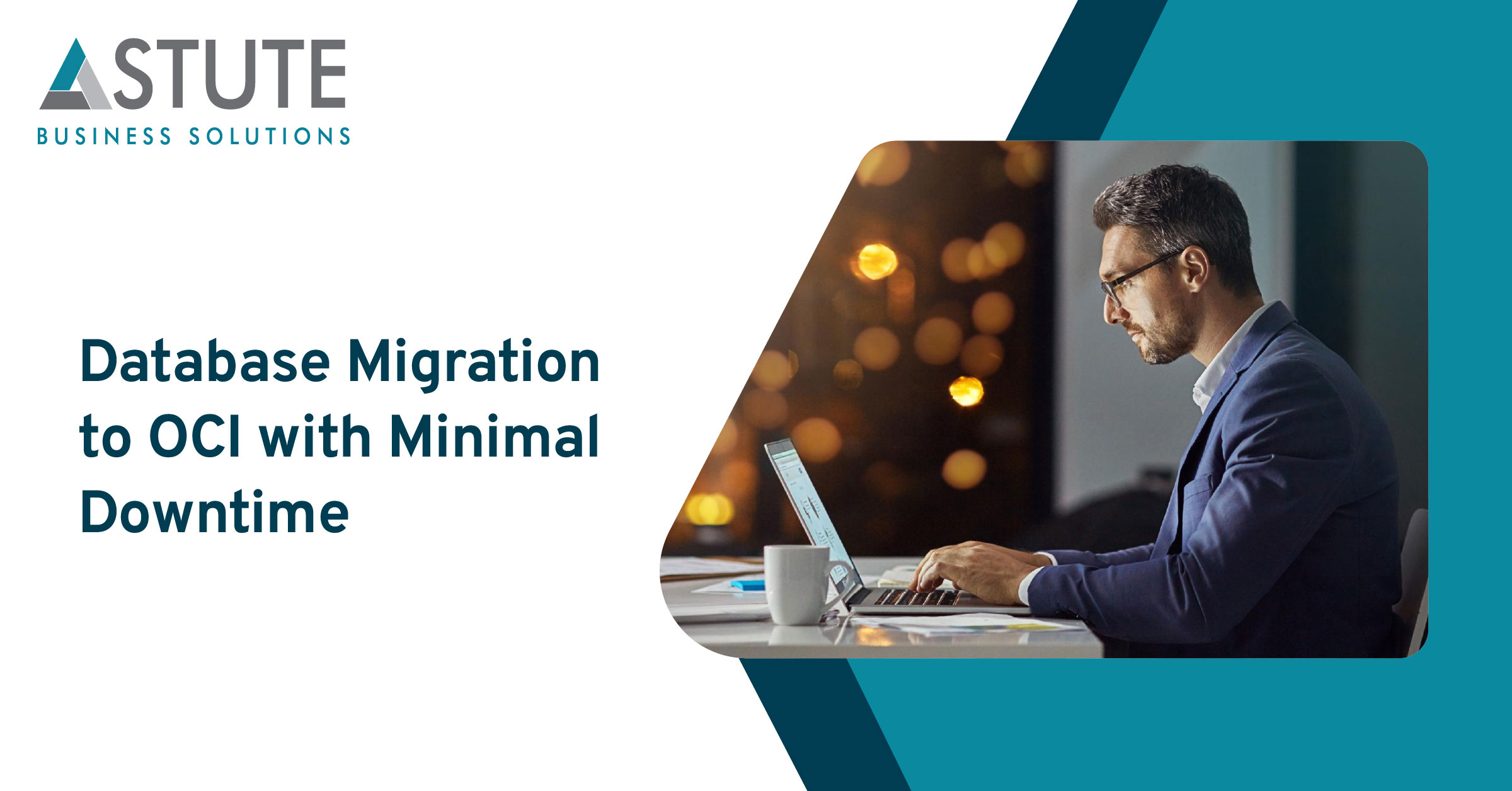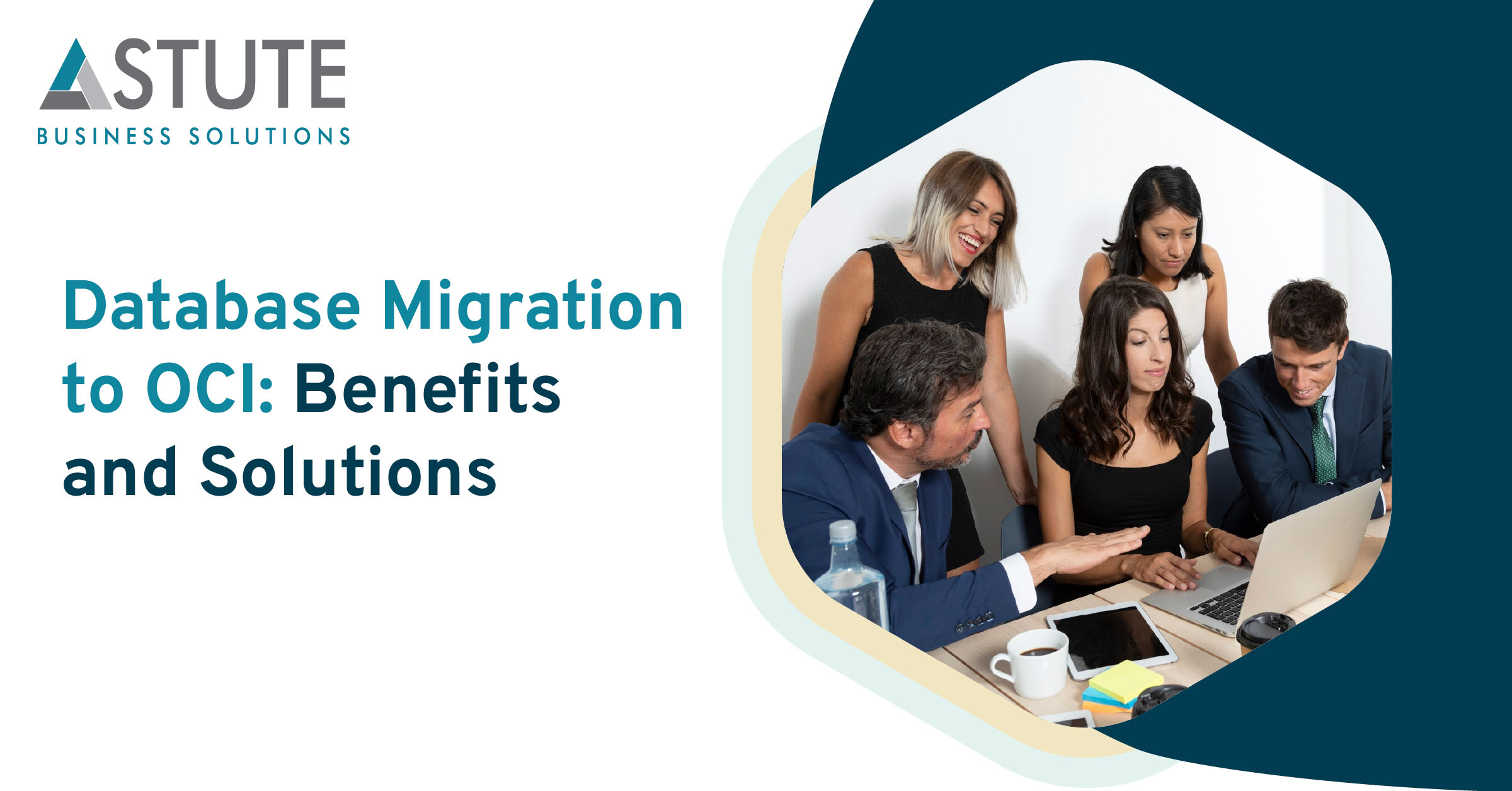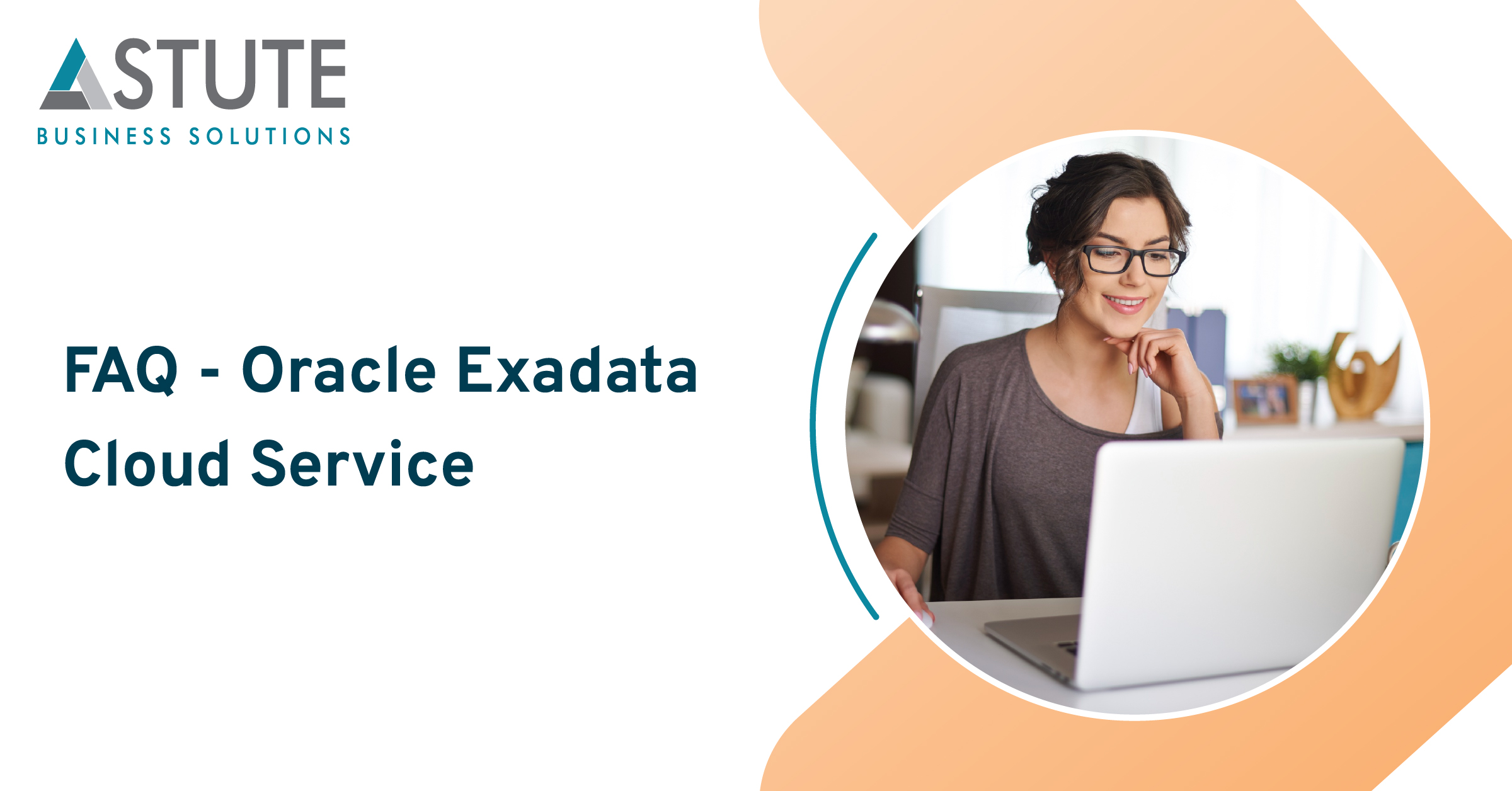
Database Migration to OCI with Minimal Downtime
Moving databases to the cloud is a frightening experience for many businesses as it may lead to increasing downtime and disruption. But what if you get a solution for easy database migration with minimal downtime?
Oracle Cloud Infrastructure (OCI) is booming in the market and becoming the best choice among businesses due to its simplified database migration capabilities. It helps them to achieve scalable and database-rich services for business growth. In this blog, we have covered different types of migration, tools, and key features of OCI Database Migration.
Reduce downtime with OCI Database Migration.
We provide Oracle Cloud Infrastructure for simplified database migration to help businesses migrate seamlessly.
Different Types of Database Migration
You can migrate databases in different ways. Here are the 6 types of database migration.
Offline Migration
- It generates a one-time copy of databases.
- During the migration process, applications need to be offline.
Online Migration
- At the time of migration, an initial copy of a database is followed by a change in data capture.
- It enables applications to stay online during the migration.
It enables applications to stay online during the migration.
- It creates blockwise copies of database files.
- Database vendors and versions need to be the same on source and target.
- There is no filtering or transformation.
- It uses tools like RMAN and DataGuard.
Logical Migration
- It works logically to interpret database contents and copy them to a database in the target format.
- There will be different sources and targets.
- The source and target may differ.
- It uses tools like Data Pump and GoldenGate.
Direct Connection
- It enables you to access source databases directly from the target network.
- A VPN or FastConnect is needed for on-premise databases.
Indirect Connection
- It does not allow the source database to be accessed directly from behind the Firewall.
- It needs migration tools with agents.
Migrate your databases to OCI in different ways.
Oracle provides 6 types of Database Migration. Choose the one that best suits your business requirements.
OCI Database Migration: Methodology and Tools
- Profile Estate
The process begins with review and prioritization based on the least effort and ongoing TCO. You can use tools like Oracle Estate Explorer and Cloud Services Advisor.
- Methods
In this step, you need to choose the simplest migration method. Migration Method Advisor and Cloud Migration Advisor are the tools that are used for this.
- Preparation
You need to ensure source compatibility with the target, and you can get help from the Cloud Premigration Advisor Tool (CPAT) integrated with OCI Database Migration.
- Execution
Here, you have to choose between zero downtime and offline migrations, which can be done through OCI Database Migration.
- Validation
At the end, you need to ensure the synchronization for your ongoing online migrations, and you can get help from the GoldenGate Veridata tool.
Want to simplify the migration workloads?
Astute provides fully managed database migration at an affordable price. Migrate your databases to OCI today!
OCI Database Migration: Key Features
Now, we will discover the capabilities of Oracle Database Migration.
- Data is shared and dedicated on OCI during the migration from on-premises databases to Oracle Autonomous Data Warehouse (ADW) or Oracle Autonomous Transaction Processing (ATP).
- It offers an OCI console for a self-service user experience.
- It enables offline migration to move simple data with downtime.
- The online migration method reduces downtime by using GoldenGate for the duplication of data.
- During the migration phase, it can wait for user action and continue the task.
- It enables you to move data through the OCI Object Store or Oracle Object Link.
- When there is no direct connection between source and target databases, it disconnects offline migration with the help of agents behind the Firewall.
- It allows for database migration from on-premises, third-party clouds, and within OCI to Autonomous Database.
- It helps to prevent errors in database migration through job pre-checks for migration tasks using CPAT.
Conclusion
Astute Business Solutions has years of experience in helping businesses make a smooth transition from on-premise environments to OCI. Whether you want to migrate databases to Database Cloud Service, Exadata Cloud Service, or Exadata Cloud Customer, we will assist you in moving in a simplified and strategic manner.
Connect with us for OCI Database Migration. Moving your database to OCI is the most cost-effective and feasible option.
Search
Related Posts
Subscribe Our Newsletter
Gain access to exclusive insights, technical know-how and crucial knowledge from Astute experts.
Share Article
See The Team In Action
Upcoming Events
-1.png)
Reach Out
Ready to Connect?
Please fill the following form, we will get back to you within a business day.
Contact Form
Contact Us



